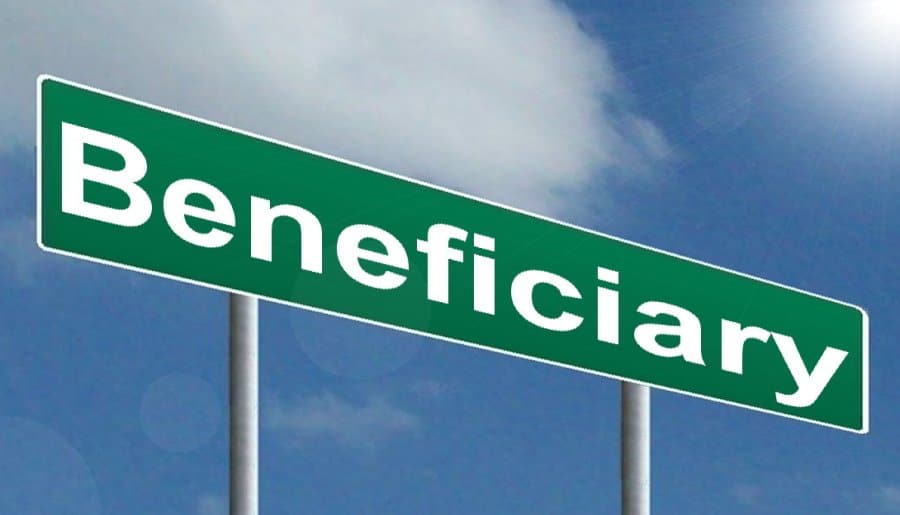The demise of traditional pension plans in the U.S. has been followed by a surge in assets held in participant directed retirement accounts, like IRAs and 401(k)s. The responsibility for investment decisions now belongs to the owners, says a recent article “Did you really intend for your ex to get your IRA?” from Chattanooga Times Free Press. The owner is also responsible for beneficiary distributions after death, which doesn’t always go well.
Retirement accounts are outside of the probate estate. Therefore, assets pass to heirs directly. When people first enroll in a retirement plan or open an IRA account, it’s up to the account owner to stipulate who will receive the asset upon their death, known as the beneficiary. This sounds easy enough. The heirs don’t need to worry about probate and if the ownership transfer is done correctly, they can get some tax advantages from the accounts.
When the owner doesn’t pay attention to beneficiary designations, expensive problems occur.
Failing to name a beneficiary. This is the simplest and most commonly made mistake when enrolling in a company’s retirement plan or rolling assets into an IRA. More than a third of all IRA death claims submitted for processing are lacking a named beneficiary, according to a national retirement plan administrator company. Instead of assets passing directly to heirs, the IRA account flows into the estate and becomes subject to probate and estate taxes.
Once included in the estate, the assets are subject to the will. While IRA assets have up to ten years to be withdrawn, the time limit for distributions in an estate can be as short as five years, and the resulting taxes will be much higher. Even worse, the assets in the IRA are now available to creditors of the estate. Until the estate is fully distributed, it must pay tax returns. Even a modest IRA is going to generate more estate taxes than if it were outside of the estate.
If there is no will, the state decides where the assets go.
Failing to name contingent beneficiaries. If the account owner and primary beneficiary are both dead, there should be at least one contingent beneficiary named on the account. Lacking contingent beneficiaries, the account flows to the estate as if no beneficiary had been named.
Neglecting to update beneficiaries after major life events. Divorce and death happen. Account owners often forget to update beneficiary designations, leading to unintended recipients. In some states, but not all, a divorce decree nullifies the prior designation. However, don’t count on it. If the state does nullify the prior designation, the asset will flow into the probate estate.
Naming a minor as a beneficiary. Most state laws do not permit minors to inherit significant assets without the oversight of a conservator. If a conservator is named by the court, the inheritance will be reduced substantially by court fees and the conservator’s salary. This may not be the worst part, if the asset is big. Here’s what’s worse: at age 18 or 21, a young adult will inherit the entire amount, with no restrictions.
After you’ve updated your beneficiaries, consult with an experienced estate planning attorney to learn how to protect assets, including retirement accounts and pensions.
Reference: Chattanooga Times Free Press (July 9, 2022) “Did you really intend for your ex to get your IRA?”



